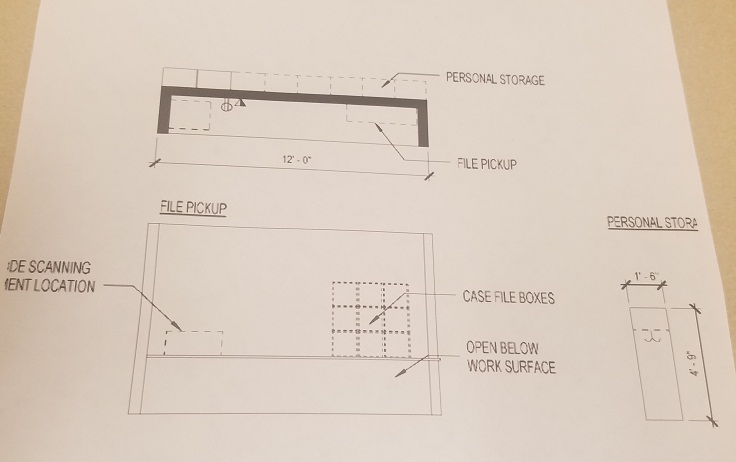Reference no: EM131291310
Laboratory
PRACTICE EXAMINING TRAFFIC WITH A PROTOCOL ANALYZER
The purpose of this lab is to practice examining traffic using a protocol analyzer and recognize a SYN attack. The SYN flood attack is one of the common Denial of Service (DoS) attacks in the Internet. In the SYN flood attack, an attacker sends a large number of SYN packets to the server, ignores SYN/ACK replies and never sends the expected ACK packet. Basically, the attacker overwhelms the server with many half-established connections and exhausts the server resources, and hence the attack is known as a DoS attack.
The tool you will be using is known as Wireshark, a well-known open source packet analyzer. The exercise will demonstrate that recognizing an attack requires sophisticated tools (such as Wireshark) and knowledge of the domain (TCP/IP network).
Assignment:
1. Obtain a trace file of the TCP handshake process.
Download the attached files: "tcpshake.cap," "tcpshake.prn" (TCP: Handshake Process) and "tcp-syn-attack.cap," "tcp-syn-attack.prn," (TCP: TCP SYN Attack). The .prn file is a text file, and you can read it with Notepad or Wordpad. It contains a formatted "report" with information on each packet. The .cap file is in the proprietary Sniffer format. Opening this file produces a graphic representation of the same information. You can read .cap files with Wireshark/Ethereal, a public domain analyzer.
2. Obtain Wireshark
Follow the link to Wireshark from https://www.wireshark.org (or https://www.filehippo.com/download_wireshark/) and download the version 2.0.5 or a previous version (the current stable release of Wireshark is 2.0.5). Depending on the version, release and OS you might find the options in different places.
On the Wireshark home page, follow the link to Download. For Windows, you may download and install "wireshark-win32-2.0.5.exe." Select all installation options. (Note: These files are about 13-22MB.) On the same page you can find also the documentation (https://www.wireshark.org/download.html).
If you use a packet driver, Wireshark can both capture packets and read trace files of packets that have already been captured. However, the packet driver must access parts of your operating system that some students may not have access to. That is the reason why this is not a packet capturing exercise. However, you should learn to capture packets yourself if you can. The packet driver you will need is winpcap. It is available at https://www.winpcap.org/install/. However, you do not need winpcap for the exercise you are going to do now.
3. Read the tcpshake.cap trace file. Become familiar with Wireshark's interface.
Run Wireshark from the shortcut that is now on your desktop.
Click File|Open and uncheck all the name resolution options at the bottom of the dialog box. Type the path to tcpshake.cap, or navigate to it using the top part of the dialog box. (This interface may take a few trials to get used to.)
Explore the trace in the three panes of the analyzer. These three panes are standard to most analyzers. They are the summary pane, the protocol tree pane, and the hex pane.
Explore the preferences and configuration options in Wireshark. Share your findings with the class.
Print a packet or any part of a packet you are interested in.
4. Read the tcp-syn-attack.cap file and answer the following 10 questions:
Is this a two-way conversation?
Are there any ACK's?
How long is the data portion of each packet? Why?
Why is the sequence number zero (seq=0) in every packet?
Why do the port numbers change in every packet?
Look at the "Time" column in the summary pane. How do you interpret it?
Click the "View" menu and select "Time Display Format". "Seconds since beginning of capture" is checked. Select "Seconds since Previous Captured Packet". How frequently are these packets being sent?
Where in the protocol tree pane would you find the protocol "Type" field?
Look in the flags section of the transport layer (Transmission Control Protocol" in the protocol tree section for one of the packets. What flags are set?
How does a SYN attack deny service?
